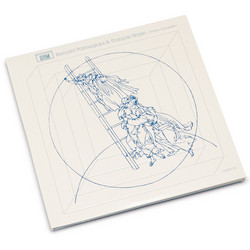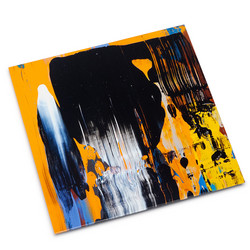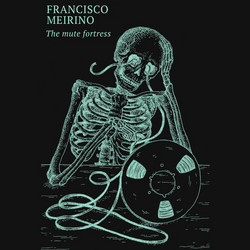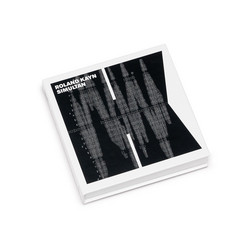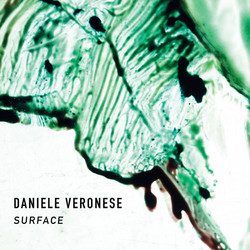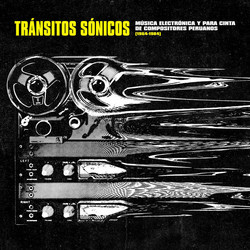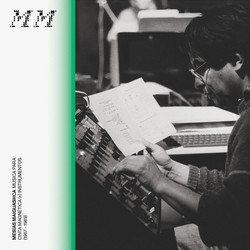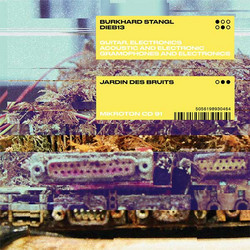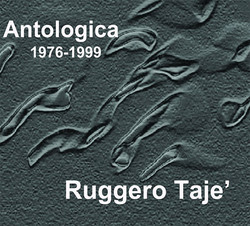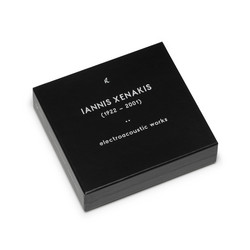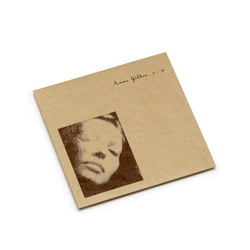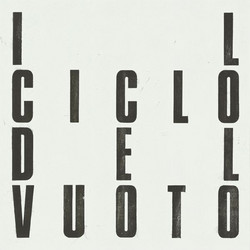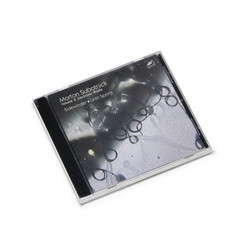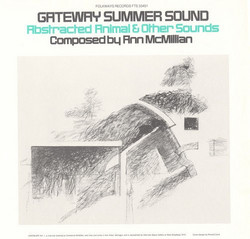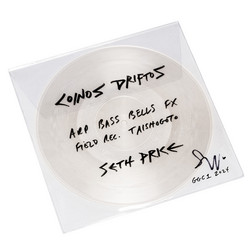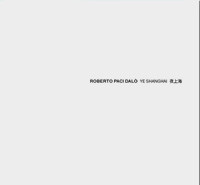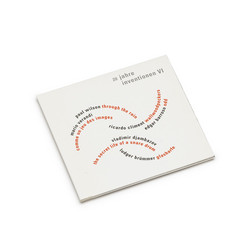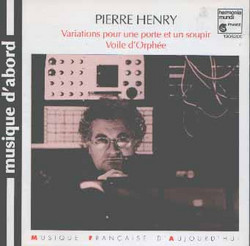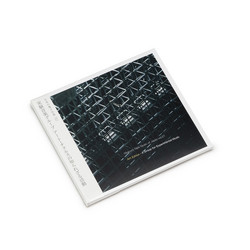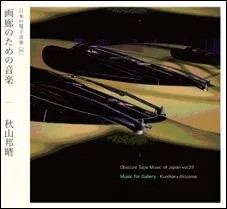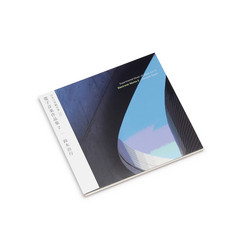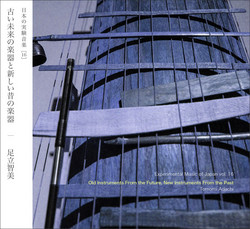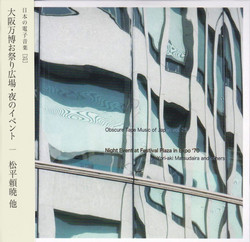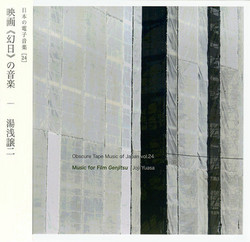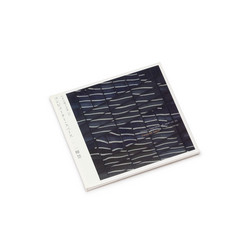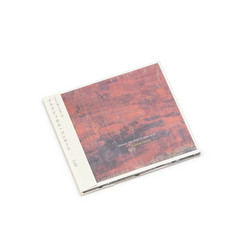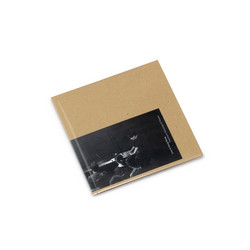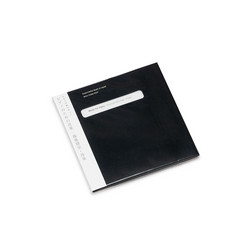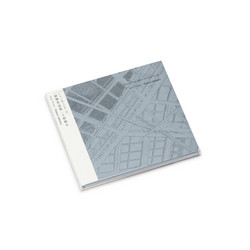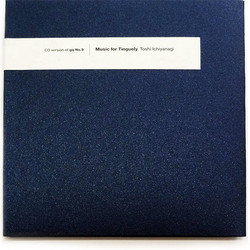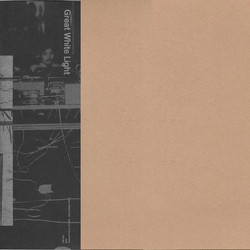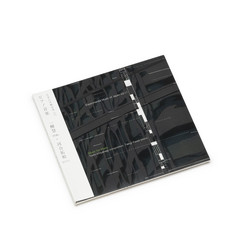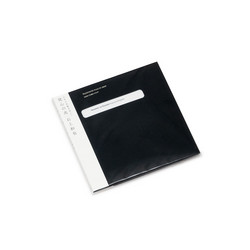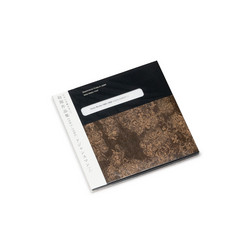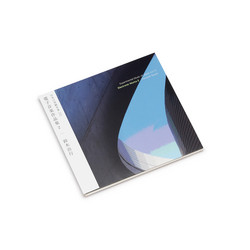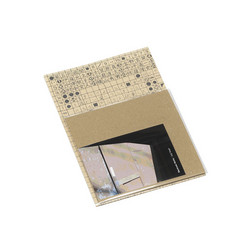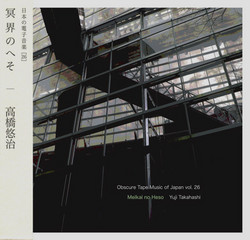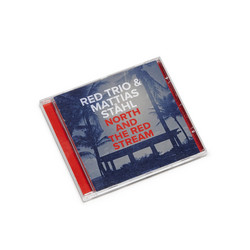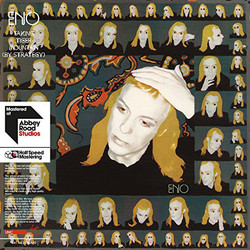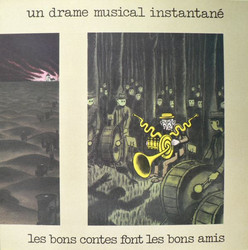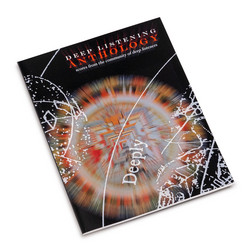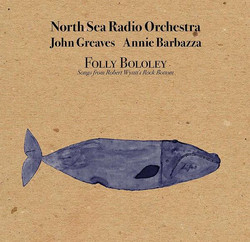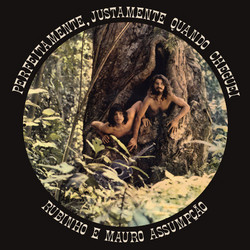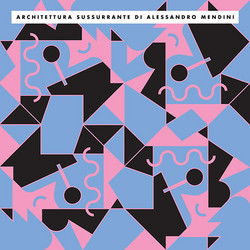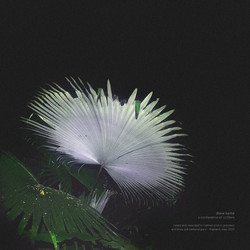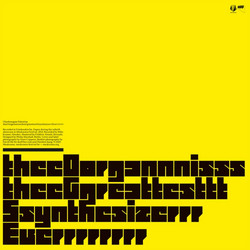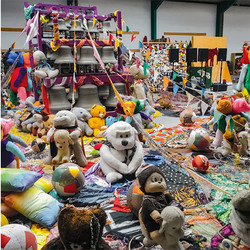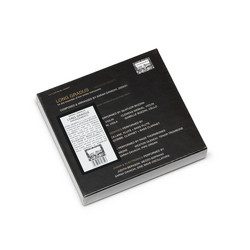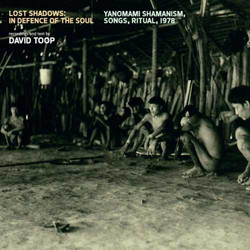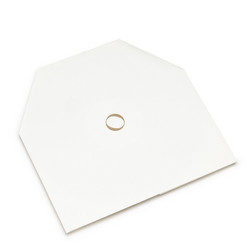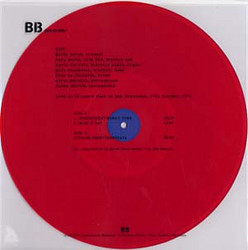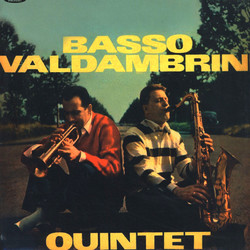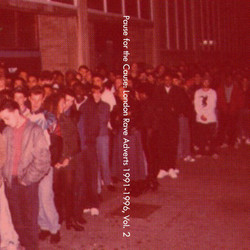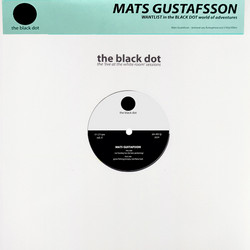Art ZyklusFeaturing: Toshi Ichiyanagi
A Group for Experimental Music (CD+CDR+poster)
Label: Edition Omega Point
Series: Obscure Tape Music Of Japan
Format: 2CD+Poster
Genre: Electronic
Out of stock
Edition of 50. CD+CDR+poster CDR is included the following three tracks are recorded by using Rionocorder, a flexi disc cutting machine by Rion, released in 1962. Therefore, the sound range is narrow with a lot of scratch noises. Since there was a time limit to fix these issues, it was decided not to include the piece in the CD.
The reason it was used despite this performance, is because they also had an experimental approach to the recording method.
tr.1_Hajime Yamashita : Mural (Abstract for Piano Op.18-1) /1964_4’10"
An atonality piece that captured the impression of conception, received from a painting of Joan Miro.
tr.2_Hajime Yamashita : Configuration (Abstract for Piano Op.18-2) /1964_3’21”
The inspiration source was a painting by Lucien Coutaud, a vanguard of surrealism. This piece intended to capture ‘sound phenomenon’ as a fantastical form, a super real world in space that isn’t integrated.
tr.3_Hajime Yamashita & The Hectors : Mysterious /1963_2’18”
A joint appearance of Yamashita and The Hectors, an amateur rock band consisting of three teenagers. An improvisation was performed by band players with a trumpet, clarinet and drums as well as Yamashita’s piano. Although it was a rock band, the formation was unusual. So the performance style itself was also avant-garde and far removed from standard rock, which made their performance interesting.
In the mid 1960’s, there was a collective of contemporary musicians in Osaka, called Art Zyklus. Because Hajime Yamashita, one of the core members, had sold a part of his privately stored sound source over the Internet, the whole picture of amazing and completely unknown activities was revealed. The release compiled works created by Art Zyklus as well as Yamashita. Worth mentioning is that ‘Music for Electric Metronomes’ by Toshi Ichiyanagi was premiered in Japan. Apart from that, the fact that Yamashita founded his own electronic music studio was unprecedented at the time. Also, it was revolutionary that he generously showed his knowledge of electronic music by playing on an electronic device such as a self-built theremin, when performing a concert.
